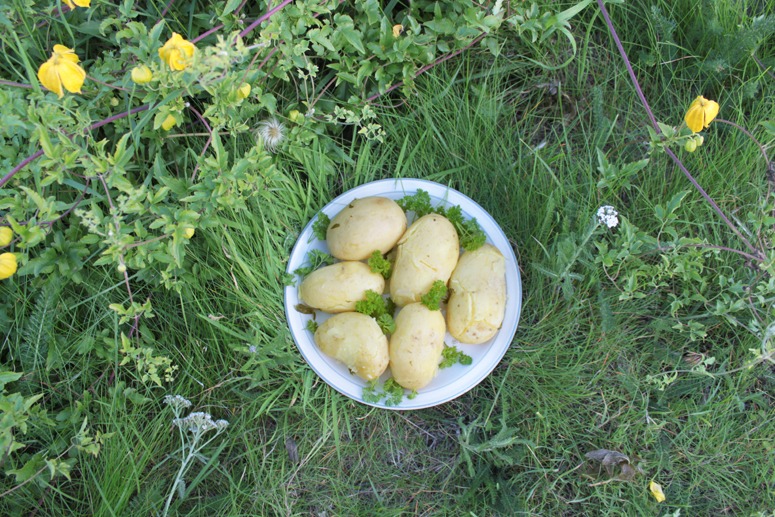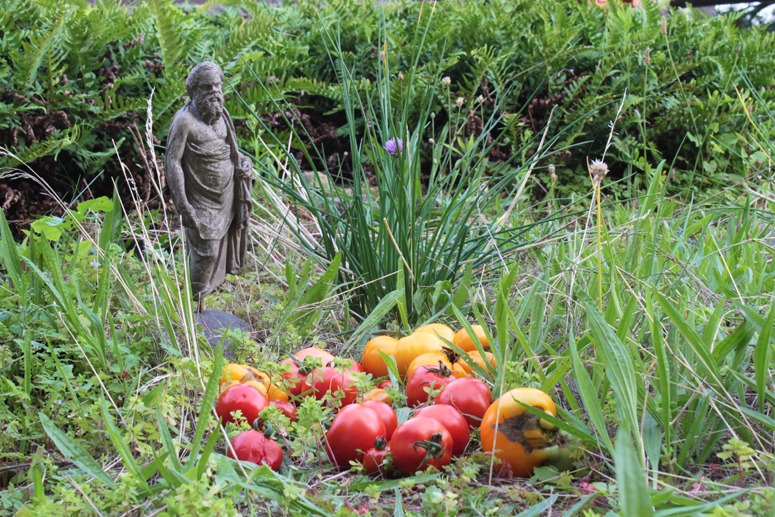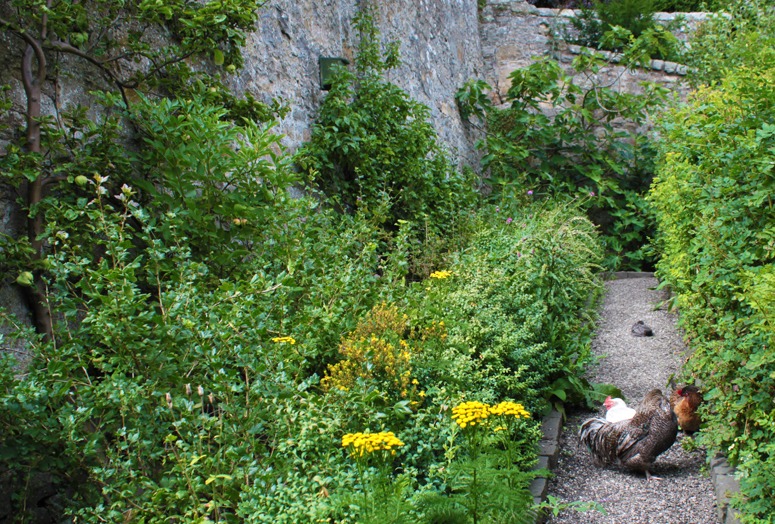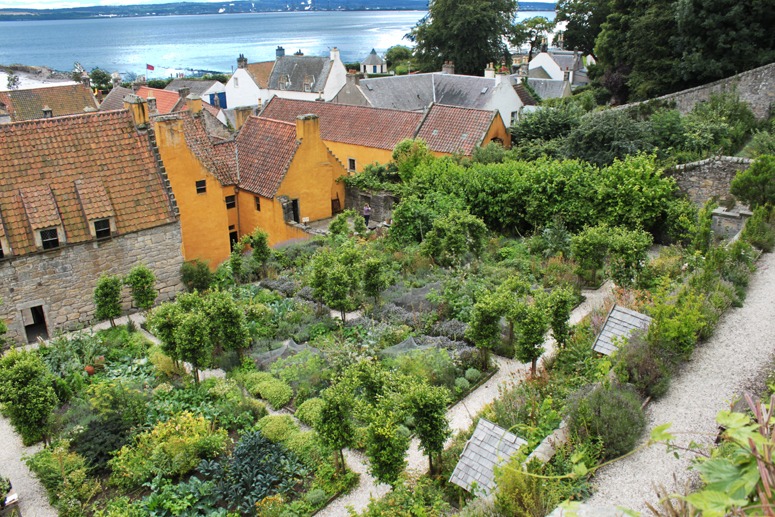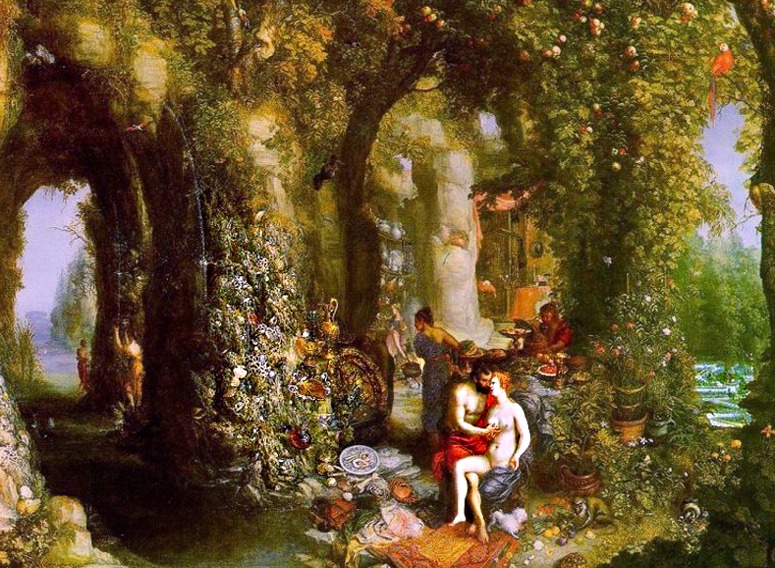 London has had many economic roles over the centuries and now hopes to settle down as a cultural capital and somewhere between ‘Europe’s financial centre’ and ‘the world’s financial centre’. This requires a planning and design response which is likely to include
London has had many economic roles over the centuries and now hopes to settle down as a cultural capital and somewhere between ‘Europe’s financial centre’ and ‘the world’s financial centre’. This requires a planning and design response which is likely to include
(1) more large green buildings, because big firms have big space requirements
(2) more homes for young, rich and mobile people
(3) more urban public space of the highest quality and greatest variety: busy and quiet, large and small, glazed and unglazed, soft and hard, wild and cultured, space at ground level, above ground and below ground, space for shopping and space for prayer, space with quiet water, bright water, dark water, swimming water, boating water and living water, biodiversity, socially diverse space for each cultural group (listeners to Radios 1,2,3,4,5,6,7 etc) and social space for the particular interests of ethnic, work and leisure groups.
London’s new amenities could be provided on a spatterdash basis – or London could have an urban landscape plan. The Canary Wharf development on the Isle of Dogs was a key project. It points to what should be done, to how it should be done – and to where it should be done. London’s traditional rival is Paris, which has a bold plan, now over 300 years old, for projecting the axis of the Tuileries westward – to the Place de la Concorde, to the Arc de Triomphe, to La Défense and beyond. London has a modest plan for projecting Crossrail into the Thames Gateway. But London landscape planning lacks spatial imagination – and axes were a baroque idea.
London will require many new buildings. They should be of the best available quality – and they should be grouped to ‘define and contain’ new urban space of the best quality and variety. The urban space should be designed before the buildings. A great new urban landscape should be planned to run east from the Isle of Dogs. Olympia and York made a significant start when they commissioned Laurie Olin to plan Westferry Circus and the Canary Wharf central axis. Before this, the Isle of Dogs was being developed with small cheap buildings and a pitiful lack of long-term vision. The Hanna Olin plan was much better – but it was more of a plan for Visual Space than for Social Space or Ecological Space. The present period of relative economic stagnation is an opportunity to take a broad perspective on the eastward projection of London and its financial future. There should be a 3-year plan, a 30-year plan and a 300-year plan.
London should remember that ‘He that the beautiful and useful blends, Simplicity with greatness, gains all ends’. Urban designers, architects and landscape architects should plan a multi-functional urban landscape with the highest visual quality and as much sustainability as can be planned at this point in time, with conceptual principles prioritised over design deails.
Category Archives: Sustainable design
Top quality home grown organic Charlotte potatoes, seaweed-fed, flavoured with wild mint and dressed with parsley
But a little over-cooked, sadly.
Safety for sustainable green cyclists in London
I picked up this helpful leaflet from the London Cycling Campaign and modified it a little to show an the occasion on which a truck driver nearly killed me – about two years ago. He behaved exactly as illustrated and knocked me onto the footpath. Lying between the wheels of his turning truck, I screamed. He heard me and stopped. Then he told me it was my own silly fault – and drove off leaving me too shocked to claim for damage to my bike. Limping home, I remembered my Mum’s poem:
“Oh dear Mama
What is that mess
That looks like strawberry jam”
“Hush hush, my dear,
That is Papa,
Run over by a tram”
Cyclists need to be sustained if we are to have sustainable cycling in London.
Socrates, chives, tomatoes and biodiversity on my London roof garden
Socrates looks pleased to see that my chives are doing well but misty-eye puzzled that I have let weeds grow when the space could perfectly well be used to grow tomatoes. I tell him that while my wife grows the excellent tomatoes I am contributing to London’s 2010 Sustainable Green Roof Biodiversity Action Programme. See below post on beautiful food gardening.
Beautiful food gardening – for fruit, vegetables, honey, mushrooms and eggs
‘Food gardening’ is a good American term for what the British tend to call ‘vegetable gardening’ – which is an inappropriate activity because it excludes fruit, fungii, honey, chickens, eggs, berries etc etc. But it would be better still if we could have an agreed name for what may have been principal activity in the world’s oldest garden and has certainly been carried on for a longer period than any other type of gardening: the combination of aesthetic and gastronimic objectives in enclosed and cultivated garden plots. Growing food was a major objective in Europe’s Medieval and Renaissance gardens – and may well (according to Craig Clunas) have been important in the pre-Qing classical gardens of China. In modern Europe and America food gardening is already showing signs of being the ‘next big thing’ in the design of private gardens and public parks. So we need a good name for this good activity. It is illustrated by photographs of Culross Palace Restored Medieval Garden.
I propose BEAUTIFUL FOOD GARDENING as a name for aesthetic-gastronomic horticulture but would welcome suggestions for alternatives.
Garden grotto design can help save planet Earth
The Fantastic Cave Landscape with Odysseus & Calypso was painted by Jan Brueghel The Elder with Hendrick de Clerck. It looks the other way about, but its theme is the seduction of Odysseus by Calypso. Boccaccio, writing in the mid-fourteenth century, uses a grotto in one of his tales: …. “he let himself down thereby into the grotto and there awaited the lady, who, on the morrow, feigning a desire to sleep, dismissed her women and shut herself up alone in her chamber; then, opening the privy door, she descended into the grotto, where she found Guiscardo. They greeted one another with marvellous joy and betook themselves to her chamber, where they abode great part of the day in the utmost delight; and after they had taken order together for the discreet conduct of their loves, so they might abide secret, Guiscardo returned to the grotto, whilst she shut the privy door and went forth to her women. The night come, Guiscardo climbed up by his rope to the mouth of the tunnel and issuing forth whence he had entered in, returned to his lodging; and having learned this road, he in process of time returned many times thereafter”. In history, garden grottoes are associated with the Earth Mother, Gaia, who was also manifest in the house, the courtyard and the womb. James Lovelock’s Gaia hypothesis, holds that the Earth (atmosphere, cryosphere, hydrosphere and lithosphere) form a single complex interacting system – an organism. Garden designers can help save the planet by building grottoes which remind everyone to love and respect our fructiferous Earth. Grottoes also give gardens conceptual and perceptual depth, defining their status as a thin biotic layer between the heat of the sun, the thin wet layer, and the heat of the magma. I am confident that a grotto could win a Best Garden Design in Show Award at the Chelsea Flower Show. So “Bring Back the Grotto”.

